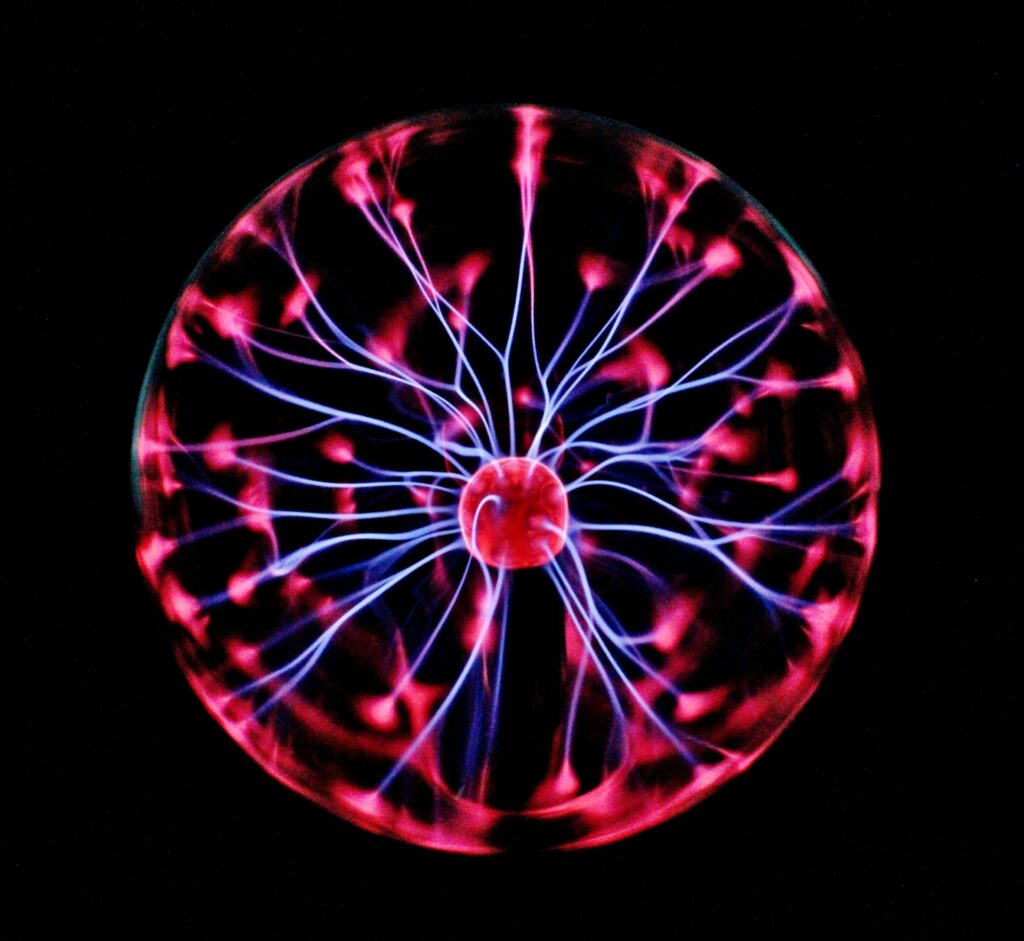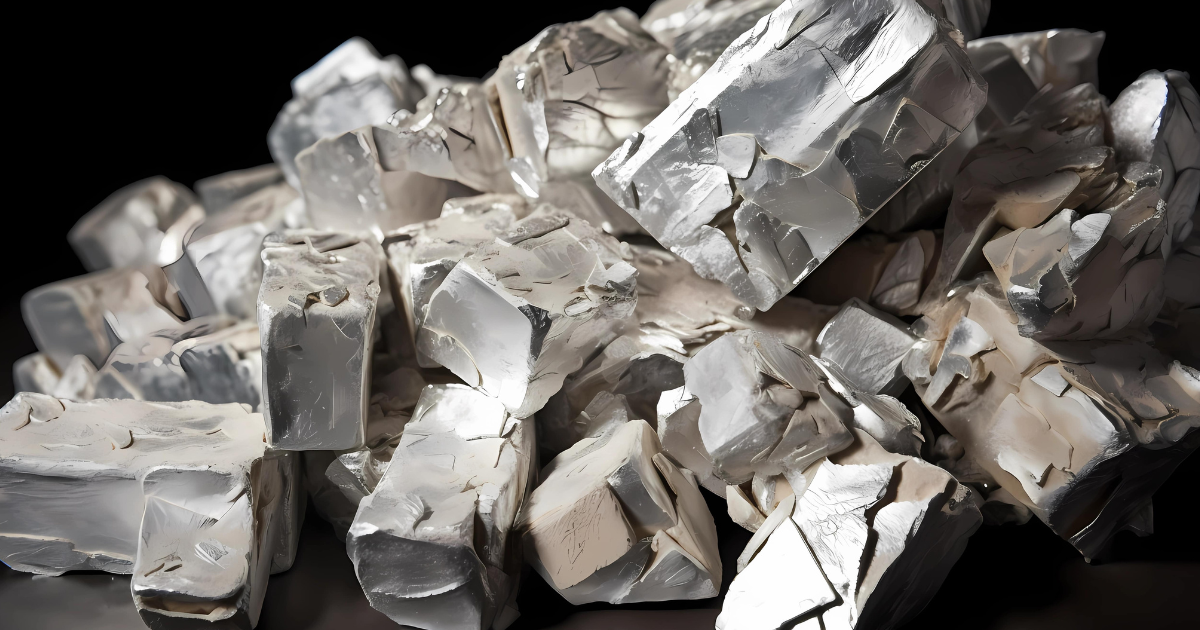Mankind has discovered infinite energy What if we told you that we might be standing at the edge of a revolution—one that could redefine the future of civilization, eliminate our dependence on fossil fuels, and even alter the balance of power on Earth? No, it’s not science fiction anymore. In 2025, mankind has finally taken a giant leap toward infinite energy, and the answer lies deep within a strange atom—an exotic particle that could power our world endlessly.
Let’s explore this groundbreaking discovery, how it works, and what it means for our future.
The Quest for Infinite Energy

For centuries, humanity has dreamed of accessing unlimited energy. We’ve tapped into coal, oil, gas, solar, wind, hydro, and even nuclear fission. But none of them has ever promised a true solution—something safe, sustainable, clean, and virtually limitless.
This is where the strange atom comes in.
In 2025, a global team of scientists working at the International Fusion Research Center in collaboration with researchers from CERN and MIT announced the discovery of an entirely new form of matter—a unique isotope nicknamed the “Stabilion”. This isn’t your average atom. The Stabilion appears to be capable of sustaining energy reactions infinitely, with near-zero waste and no harmful emissions.
Sounds like magic? It’s actually science at its most extraordinary frontier.
What Exactly Is the “Strange Atom”?

At its core, the Stabilion is a heavy, stable isotope of an element not yet found in nature. It was synthesized under extreme conditions, similar to those found in the heart of a neutron star. This atom behaves unusually—it exhibits properties of both matter and antimatter, and it has an internal energy stability that resists entropy. In simpler terms, it doesn’t decay like normal radioactive elements. Instead, it can contain and cycle energy internally, almost like a miniature sun.
Unlike uranium or plutonium, which are used in current nuclear reactors and generate toxic waste, the Stabilion’s reactions are controlled, clean, and efficient. When placed in a specific electromagnetic containment field, the atom releases a steady stream of energy, which can be captured and converted into usable electricity.
Is This Fusion? Or Something Else?
Fusion power has long been the holy grail of energy. It promises clean energy by fusing hydrogen atoms together, like our Sun does. While fusion has made progress (like the ITER project), it’s still far from practical large-scale application.
The Stabilion goes a step beyond.
Think of it as quantum-enhanced fusion. The internal quantum structure of this strange atom allows it to create a sustained reaction without the enormous energy input that fusion normally requires. Researchers refer to it as “Quantum Loop Reaction” (QLR)—a form of atomic resonance that recycles energy within the atom itself, releasing only a portion of that energy externally.
That’s right—this atom recharges itself.
READ MORE:How animals shape planet in surprised Way
How Much Energy Are We Talking About?

To put it simply: a handful of these atoms could power an entire city.
One gram of Stabilion could theoretically provide as much energy as 10,000 barrels of oil. That’s equivalent to millions of kilowatt-hours, enough to supply a city of 1 million people for weeks.
And here’s the kicker: this energy is clean, continuous, and doesn’t degrade over time. It doesn’t need recharging, doesn’t create pollution, and the material doesn’t break down or become hazardous like radioactive waste.
In short, this is the closest mankind has ever come to infinite energy.
The Discovery That Changed Everything
The Stabilion was first detected in a high-energy particle accelerator experiment in late 2024, where scientists were trying to simulate the conditions just moments after the Big Bang. During the collision of exotic elements at near-light speed, the resulting data revealed anomalies that didn’t match any known particles.
After months of analysis, they confirmed the presence of a new atomic structure—one that defied traditional decay laws and released consistent, measurable energy over extended periods.
By early 2025, scientists had isolated a few dozen Stabilion atoms and built a prototype reactor the size of a washing machine. That reactor successfully powered a lab facility for 30 days—non-stop, without any external input or noticeable energy drop.
What Does This Mean for the World?
This discovery is not just scientific; it’s civilizational. Here’s how infinite energy could change the world:
1. End of Fossil Fuels

With a stable source of clean, infinite energy, oil, gas, and coal would become obsolete. Nations would no longer fight over resources, and pollution from power plants could become a thing of the past.
2. Global Economic Shift
Energy is the backbone of every economy. Countries rich in oil may lose their economic grip, while those leading in Stabilion tech could become the new superpowers. It may also level the playing field, offering affordable energy to developing nations.
3. Clean Transportation
Electric vehicles could be powered endlessly. Airplanes, trains, and even ships could run on Stabilion-powered microreactors, eliminating carbon emissions across the entire transport sector.
4. Space Exploration

This changes everything in aerospace. A single Stabilion reactor could power a spacecraft indefinitely, allowing us to explore Mars, Jupiter, or even deep space missions without worrying about fuel.
5. Climate Crisis Solved?
If deployed globally, this technology could drastically reduce greenhouse gas emissions and potentially reverse the damage of climate change.
But… Is It Safe?
That’s the big question.
So far, preliminary tests show that the Stabilion does not emit harmful radiation or dangerous waste. The energy released is stable and controlled within electromagnetic fields. But this is uncharted territory, and scientists are proceeding cautiously.
Controlling energy of this magnitude requires extremely advanced containment systems, and there’s always the risk of weaponization. Governments around the world have already begun classifying research, fearing the Stabilion could be used for high-yield compact weapons.
So, while the potential is immense, global cooperation and ethical oversight are going to be absolutely critical.
Who Owns It?

As of now, the discovery is credited to a coalition of international scientists, and there’s ongoing debate about who gets access to this technology. Several tech companies and governments are scrambling to invest in R&D. Think of it like the early days of nuclear power—but with even more at stake.
Some scientists are calling for the creation of a Global Energy Treaty, ensuring the Stabilion is used only for peaceful, sustainable purposes and not hoarded or militarized.
When Will It Be Available?
That’s the million-dollar question (or more like trillion-dollar).
Experts predict that a commercial version of the Stabilion reactor could be ready by 2030—assuming progress continues steadily and safety is confirmed. Smaller-scale pilot programs may begin within the next 2-3 years, especially in tech-forward countries like Japan, Germany, and the U.S.
Companies like Tesla, Google Energy, and international space agencies are already reportedly in talks to build their own QLR-powered infrastructure.
What Can You Expect Next?
If all goes well, by the 2030s, we could see a world where:
- Homes are powered by a single infinite battery.
- Cars never need to refuel or recharge.
- Factories run without polluting the air.
- Countries are no longer in energy wars.
- Earth begins to heal from a century of environmental abuse.
The Stabilion isn’t just a discovery—it’s a milestone in human evolution.
Final Thoughts
We’ve always believed energy is finite. That we had to burn, extract, and consume to survive. But the discovery of this strange atom—the Stabilion—tells a different story. A story where energy is endless, clean, and waiting to be tapped not from the ground, but from the very fabric of matter itself.
In 2025, humanity might have finally cracked the code of the universe’s greatest gift: infinite power.
The future is here—and it’s glowing from inside a single, strange atom.











